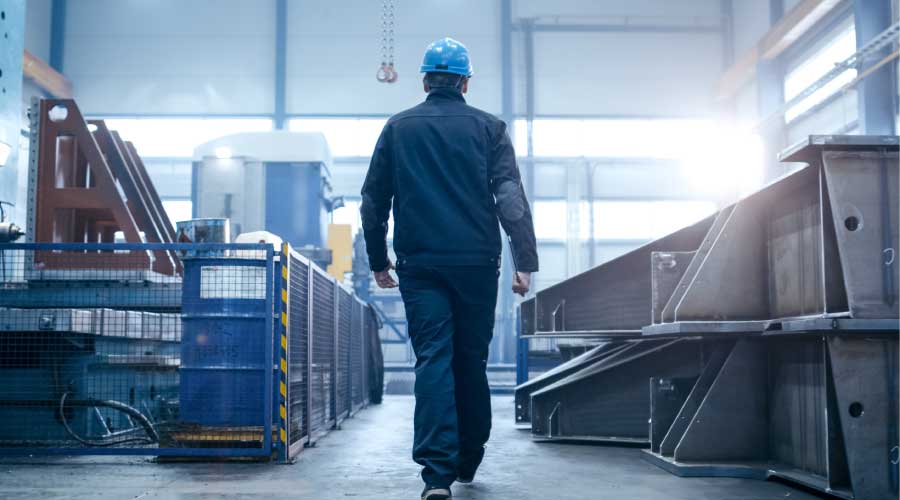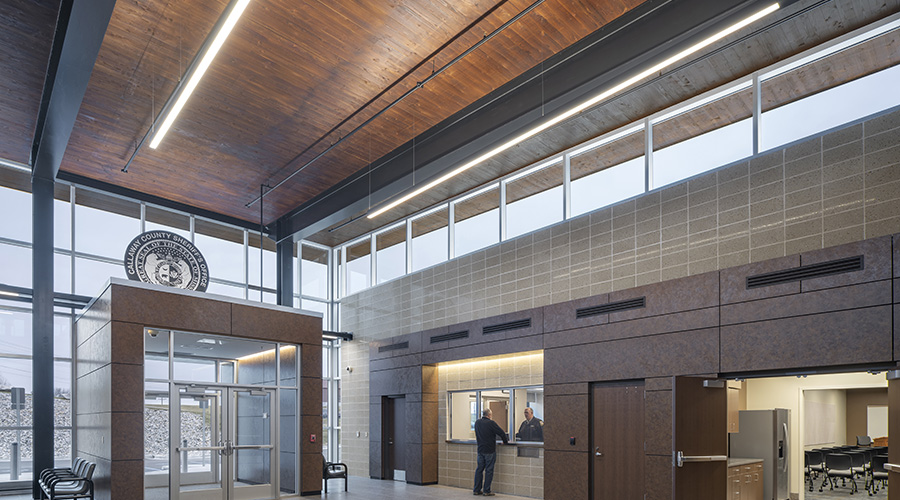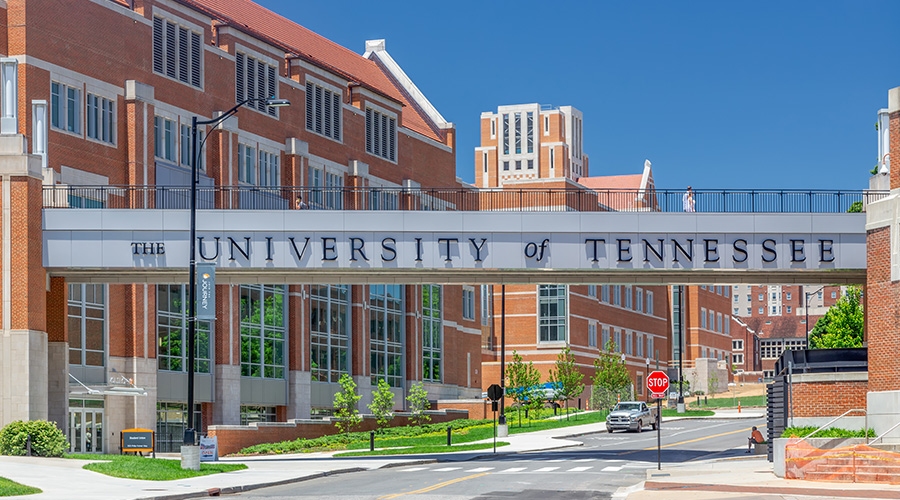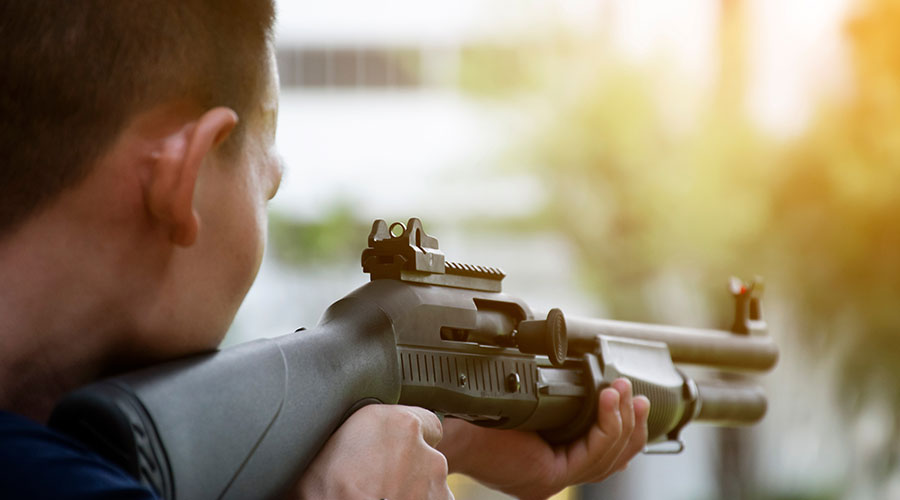Training and Testing Facility Violence Prevention Designs
After an attack, reopening is a crucial victory that signals resolve.
A business may wish to change how it trains and tests its BCP in order to maximize the value of crisis architecture by accounting for the building’s unique designs and functions. The following principles apply:
- Integrate systems to increase the situational awareness of first responders. The efficiency of a law enforcement response to an attack can be degraded if they lack information about the location of the attacker, the location of victims, or the layout of the building. Facility managers should install systems that decrease the amount of time it takes for first responders to gain situational awareness, and they should grant law enforcement access to their security cameras. Conversely, law enforcement officers could inadvertently damage the facility and delay business continuity if lacking situational awareness. To prevent this, facility managers should establish mechanisms that inform response teams of the best points of entry or how to steer the attacker away from critical infrastructure and shelter-in-place locations.
- Training and design need to be mutually supporting. In cases where people receive attack response training (e.g., schools, some businesses, government facilities), training and design should be mutually supporting, something that the BCP should take account of. For example, if an organization’s active shooter protocol is to shelter in place, the spaces where they are supposed to do so should be built to withstand attempted entry or attack. Similarly, if evacuation is the preferred protocol, there needs to be cover and concealment available along routes to multiple exits, and there should be a system that allows individuals to know where the shooter is before they start moving (consistent with the aforementioned protocols concerning crisis communication).
Building resilience
A well-designed BCP is essential for any organization that wants to survive and thrive in the face of unexpected crises. The harmonization of BCPs with crisis architecture enhances an organization’s ability to do just that: crisis architecture being paired with a BCP can minimize the recovery time after an attack. After all, if the building design delays an attacker from inflicting damage before law enforcement arrives, resuming operations will be less of a burden.
But quick recovery from an attack is not just important for the immediate facility, its staff, and its operations. It is also important for sending a powerful psychological message: that of resiliency. After an attack, reopening is a crucial victory that signals resolve. The impact of the incident can be minimized, discouraging future attackers who similarly seek to cause chaos and tragedy.
Daveed Gartenstein-Ross is the founder and chief executive officer of the private firm Valens Global. He also heads a project on domestic violent extremism for the Foundation for Defense of Democracies (FDD) think tank. Thomas Plant is an analyst at Valens Global who supports the organization’s project on domestic violent extremism for FDD.
Related Topics:













